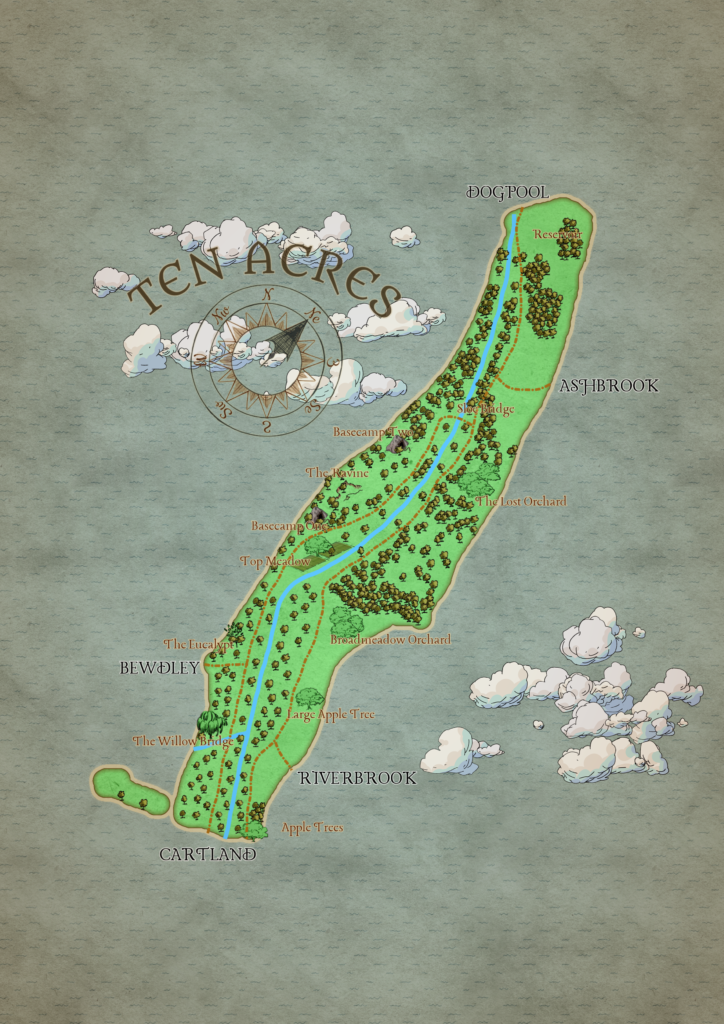Spotted by Volunteer Annamaseko (Logged 29/09/2020) Category: Mammal Distribution: Common Status: Invasive Non-native Species More Info: These grey squirrels were first introduced in the early 1800’s. They have contributed to both damage to woodland areas and the decline of the native red squirrel. Ten Acres Habitation Grey squirrels can be […]
Flora & Fauna
Spotted by Volunteer Camilla. First logged 13/05/2020 Reynoutria Japonica, common name: Japanese Knotweed. Family Polygonaceae Status: Invasive Pest Species Japanese knotweed can sprout from very small sections of rhizomes. Under the provisions made within Schedule 9 of the Wildlife and Countryside Act 1981, it is an offence to cause Japanese […]
Spotted by Volunteer Camilla. First logged 05/09/20 Cepaea hortensis, Common Names – White Lipped Snail Conservation status – Common. Category – Snails Find out more on the Wildlife Trust website. Habitat The white lipped snail prefers to eat hogweed, ragwort and nettles and it likes damp environments which means its […]
Spotted by Volunteer Camilla. First logged 30/06/20 Rhagonycha fulva, Common Names – Red Soldier Beetle Conservation status – Common. Category – Beetle Find out more on the Wildlife Trust website. Habitat Red soldier beetles are commonly found on open structured flowers such as Hogweed, cow parsley, daisies. Adults will feed […]
Spotted by Volunteer Stephanie. First logged 24/09/20 Elasmucha grisea, Common Names – Parent Bug (Shield bug type) Conservation status – Common. Category – Bugs More Information: Largely restricted to silver birch trees the Parent bug is so named because she is a protective mother, guarding her eggs throughout thier duration […]
Spotted by Volunteer Stephanie. First logged 01/02/20. Oniscus Asellus, Common Names – Common Woodlouse, Roly Polies Conservation status – Common. Category – Crustacea More Information: Common woodlice are important for their ability to feed off dead plants and creatures, recycling vital nutrients. Find out more on the Wildlife Trust website.
Spotted by Volunteer Camilla. First logged 13/05/20 Aesculus Hippocastanum, common name – Horse Chestnut, Conker Tree Family Hippocastanaceae Status Commonly Widespread Details Large tree with 5-7 pointed palmate leaves spreading form a central stem. Produces spiked cases with horse chestnuts (conkers) inside that are shiny and brown and very hard. […]
Spotted by Volunteer Stephanie. First logged 27/04/20 Crataegus Monogyna, common name – Common Hawthorn Family Rosaceae Status Commonly Widespread Details Shrubby Bush or Tree thorny branches. Produces deeply lobed leaves first in spring and then flowers after (unlike blackthorn). Produces deep red fruit with white/creamy flesh which persists through winter. […]
Spotted by Volunteer Camilla. First logged 20/04/20 Prunus Spinosa, common name – Blackthorn, Sloe Family Rosaceae Status Commonly Widespread Details Shrubby Bush or Tree with various hybrids producing thorny branches similar to Hawthorn. White flowers appear first in spring and then the leaves. Fruit (known as sloes) form late in […]
Spotted by Volunteer Hannah (Logged June 2020)Earliest Submitted record by Volunteer Annabel (Before 2020 project began) Little Egret Information can be found here on the RSPB website. The little egret is a small white heron with attractive white plumes on crest, back and chest, black legs and bill and yellow […]


















